Nightmare Journey to America Ends With Two Little Girls Orphaned
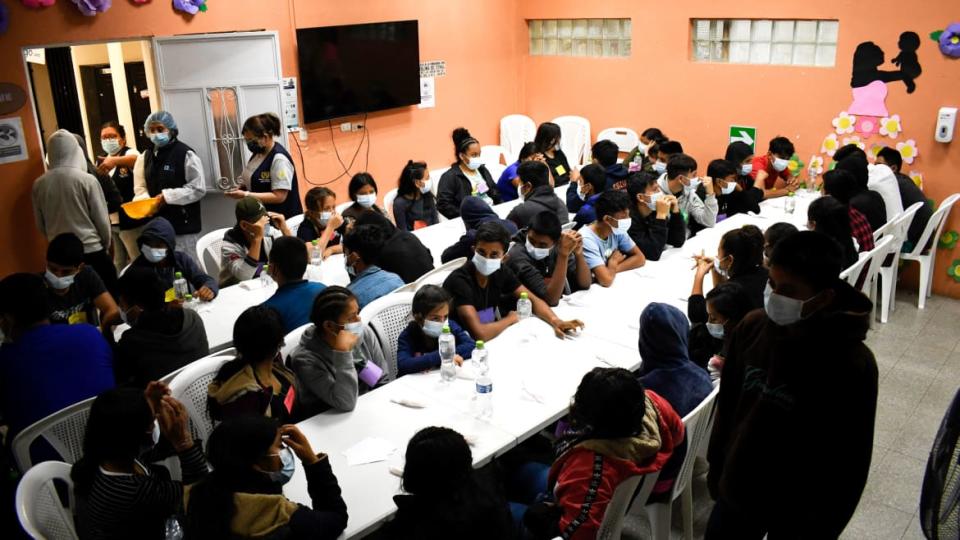
GUATEMALA CITY—Valeria, aged 8, and Fernanda, aged 4, embarked on the riskiest journey of their young lives last year. Their mother, Francisca, had promised them that getting to America would give them everything they could ever imagine. But they didn’t understand why they were walking for hours under the sun, spending nights in unknown dark rooms, and entrusting their lives to a smuggler their mother called “the good man.”
Still, the girls obeyed their mother. She left them by the Guatemalan-Mexican border in December 2021, like 95 percent of migrant children who are dropped off at the border by their parents—usually because they have a better chance of getting into the United States on their own as unaccompanied minors, according to data from the Guatemalan Ministry of Foreign Affairs.
Valeria and her sister, who are from the severely impoverished city of Escuintla and whose father had recently passed away, didn't understand why their mother left them midway through the dangerous journey.
“My mom told me to go with the man who was going to take me to a place where I’d be able to have what I never had in my country,” Valeria told The Daily Beast. “I had to take care of my younger sister; I found a baby’s bottle for her because I know what she eats and changed her diapers,” said Valeria. The smuggler, known as a coyote, “sometimes would get me food, if I’d wash his clothes,” she added.
The immigration of thousands of Central American children to the U.S. has spiked in recent years. According to U.S. Border and Customs protection, 149,308 Central American minors tried to cross the border from 2020 through 2022. Poverty, violence, and corruption are why some parents feel they have no choice but to send their children on dangerous journeys to the U.S. border alone.
Often, parents omit the dangers their children might be exposed to during their journey as unaccompanied minors so as not to scare them. But those risks are all too real for children like Valeria and Fernanda. “Central American migrants who transit face a compounding set of conditions that expose them to kidnapping, sexual violence, torture, theft, and bribes by a multitude of bad actors,” Ariel G. Ruiz Soto of the Migration Policy Institute told The Daily Beast.
Dozens Vanish Without a Trace in America’s New ‘Bermuda Triangle’ Next Door
The girls spent several weeks in a house with dark rooms and little food along with other immigrants in Ciudad Juárez—one of the most dangerous cities in Mexico. They then entered the U.S. through El Paso, Texas, and were picked up by an acquaintance of their mother’s in the United States.
But their time in the U.S. was short-lived: After struggling to adjust to life in their new home, the acquaintance they were living with eventually reached out to ICE, telling agents that the girls were asking to go back to Guatemala. Their deportation was eventually coordinated by ICE and the Guatemalan government in March.
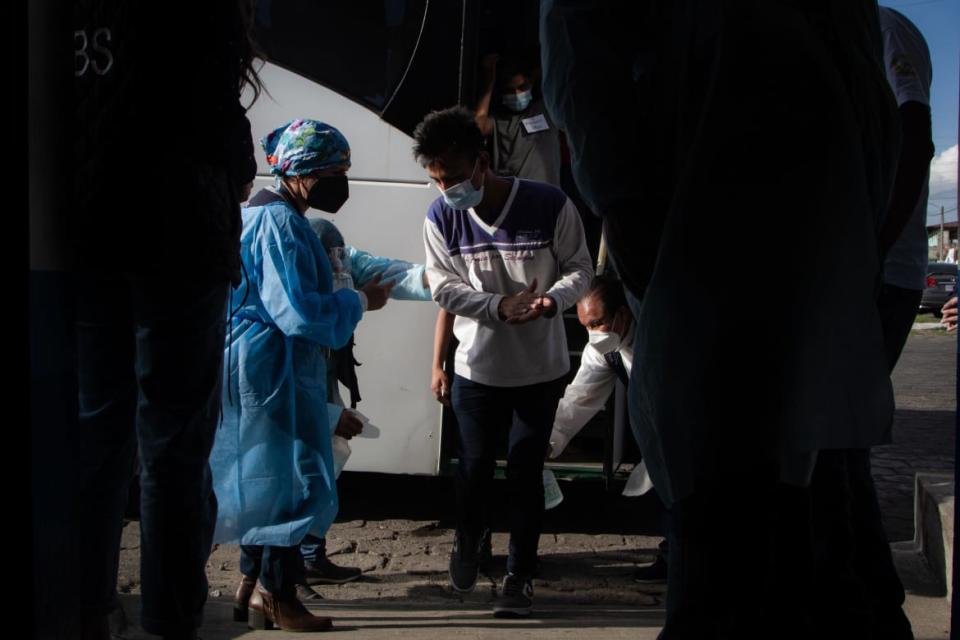
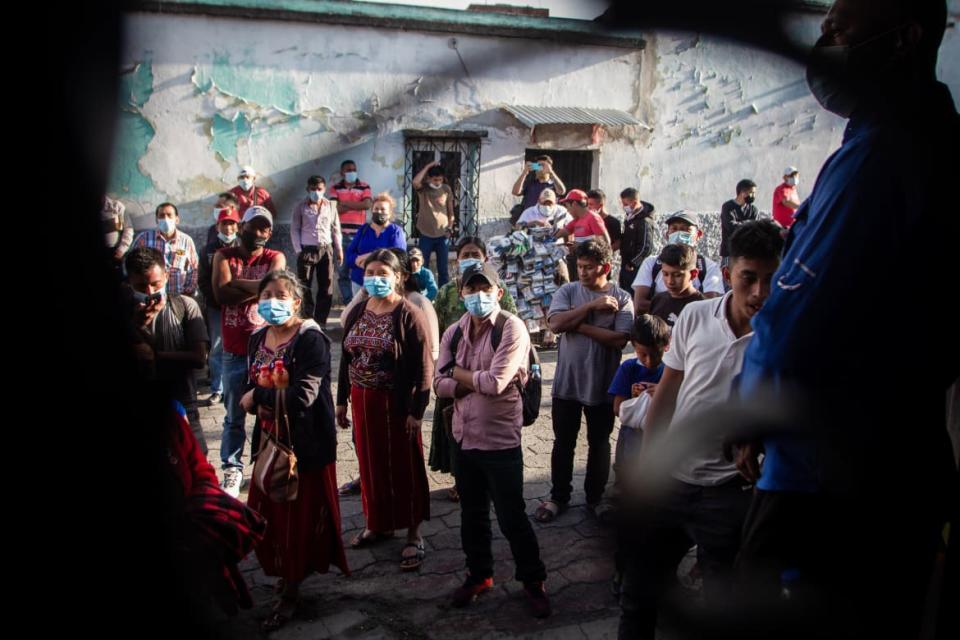
Adding to their grief, the girls’ mother, Francisca, died in a drowning incident during her own attempt to cross into the U.S. and join her daughters in February.
When the girls arrived at the shelter in Guatemala roughly a month later, counselors there quickly realized the children were not aware of what had happened to their mother. “Where’s my mom?… I did what my mommy told me to do,” a deportation case worker recalled Valeria saying. Since their biological father was dead, the girls were eventually sent to the house of their uncle, their late father’s brother.
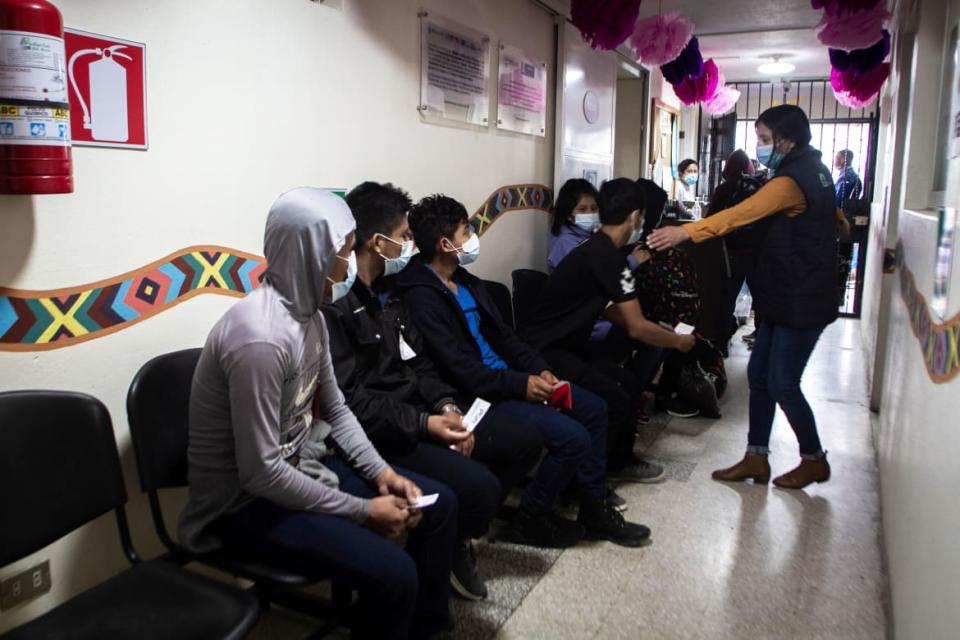
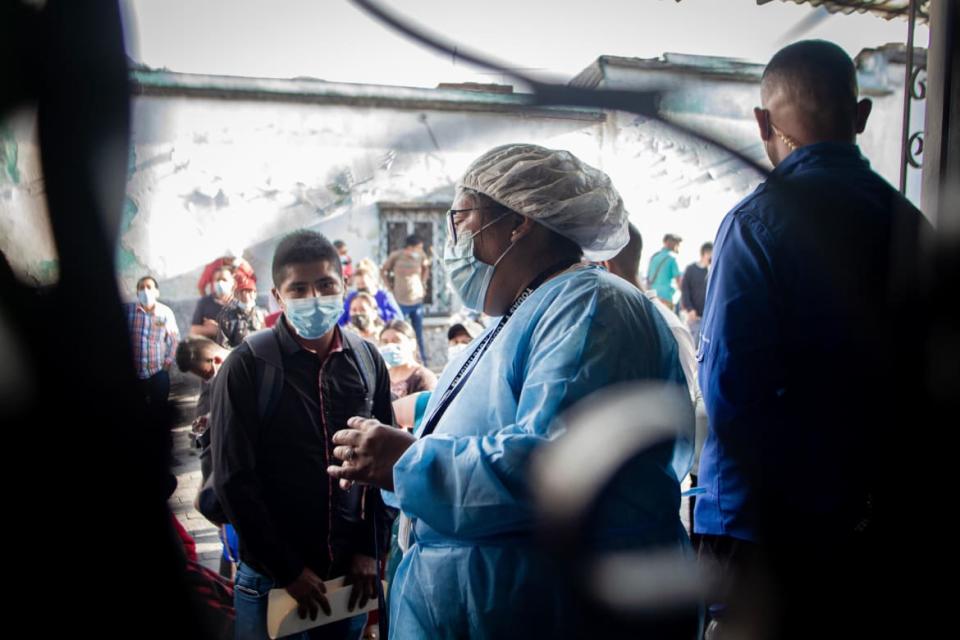
Despite the trauma they’ve already endured, the reintegration process for the girls will certainly be another uphill battle, experts said. “Their return to Guatemala is worse for these children because they come back to the same environment they left and lost their innocence along the way,” their case worker told The Daily Beast.
Workers at the shelter were surprised by the maturity of Valeria, who—at only 8 years old—took care of her younger sister throughout her journey, the case worker said.
At one point in the shelter, the girls were asked to draw and paint as a form of art therapy. When Valeria and Fernanda painted their mother, they portrayed her as a ghost; someone who only exists in their life from time to time. In another drawing, they painted themselves in an enclosed place by a river, where they were hiding from “evil people” with guns.
“I’m afraid of the dark,” Valeria allegedly said of her drawing.
Get the Daily Beast's biggest scoops and scandals delivered right to your inbox. Sign up now.
Stay informed and gain unlimited access to the Daily Beast's unmatched reporting. Subscribe now.

 Yahoo Sports
Yahoo Sports